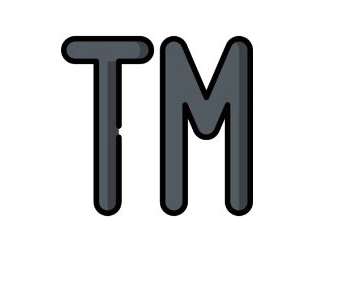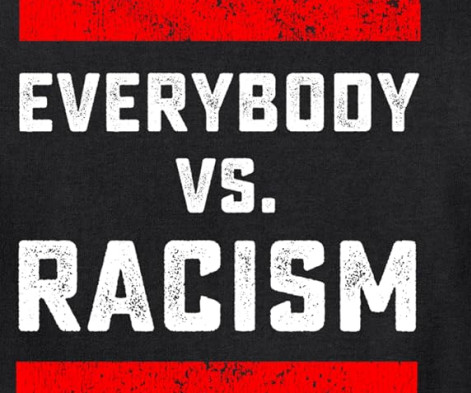The Interplay between Religious Sensitiveness and Trademark Law in India
IP and Legal Filings
FEBRUARY 2, 2024
Introduction A mark represents the institution or company to which it belongs and serves as a means of differentiating goods or services among individuals. Marks can be of various types i.e., word marks, service marks, logos, symbols, series marks, etc [1]. 1] Acharya, M. 2022, February 28).

















Let's personalize your content